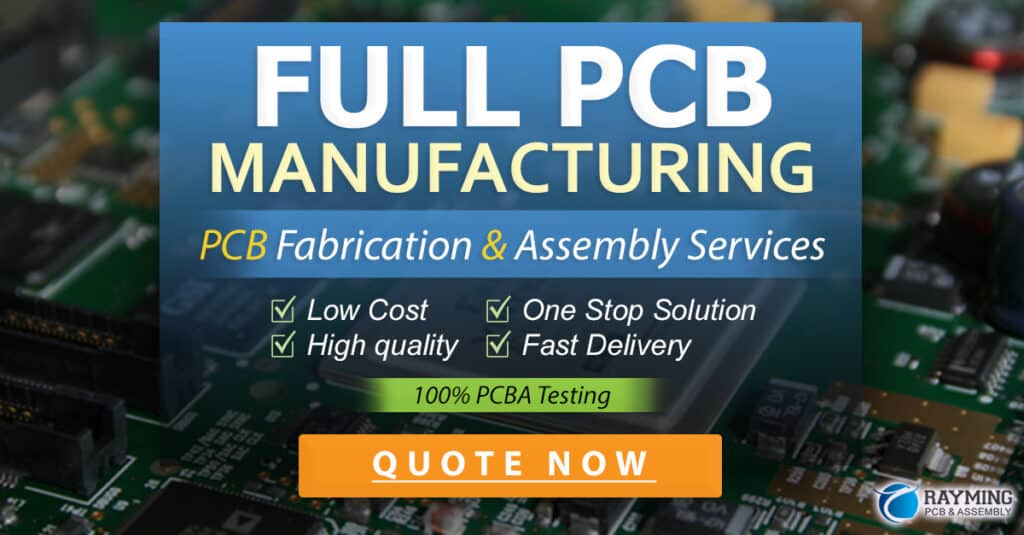Introduction to NORDIC HDI
The NORDIC HDI (High-Density Interconnect) seminar, featuring renowned expert Happy Holden, is an event focused on the latest advancements and techniques in HDI technology. HDI is a critical aspect of modern electronics manufacturing, enabling the creation of compact, high-performance devices across various industries, including consumer electronics, automotive, and aerospace.
What is HDI?
HDI refers to a printed circuit board (PCB) technology that incorporates higher wiring density per unit area than conventional PCBs. This is achieved through the use of smaller vias, finer trace widths, and advanced manufacturing processes. HDI PCBs allow for the miniaturization of electronic devices while maintaining or enhancing their functionality and reliability.
Benefits of HDI technology
- Miniaturization: HDI enables the creation of smaller, more compact electronic devices.
- Improved signal integrity: The shorter trace lengths in HDI PCBs reduce signal loss and improve overall signal integrity.
- Higher interconnect density: HDI allows for a greater number of interconnects per unit area, facilitating more complex designs.
- Enhanced thermal management: The increased copper content in HDI PCBs helps dissipate heat more effectively.
- Cost-effective: Despite the advanced manufacturing processes involved, HDI can be cost-effective for high-volume production.
Happy Holden: A pioneer in HDI technology
Happy Holden is a well-known figure in the world of PCB Design and manufacturing, with over 50 years of experience in the industry. He has been instrumental in the development and adoption of HDI technology, having worked with numerous companies and organizations to push the boundaries of what is possible with PCBs.
Happy Holden’s background
- Graduated from the University of Minnesota with a degree in Chemical Engineering
- Worked at Hewlett-Packard for over 20 years, leading their PCB technology development
- Founded HDI Solutions, a consulting firm specializing in HDI technology and design
- Author of several books and numerous articles on PCB design and manufacturing
- Frequent speaker at industry conferences and seminars
Contributions to HDI technology
Happy Holden has made significant contributions to the advancement of HDI technology, including:
- Developing novel manufacturing processes for HDI PCBs
- Creating design guidelines and best practices for HDI
- Educating the industry on the benefits and applications of HDI technology
- Collaborating with suppliers and manufacturers to improve HDI Materials and equipment

NORDIC HDI seminar: Key topics and takeaways
The NORDIC HDI seminar covers a wide range of topics related to HDI technology, design, and manufacturing. Attendees can expect to gain valuable insights and knowledge from Happy Holden and other industry experts.
HDI design considerations
- Understanding the various HDI stackup configurations (1+N+1, 2+N+2, etc.)
- Selecting the appropriate materials for HDI PCBs
- Optimizing via placement and routing for HDI designs
- Designing for manufacturability (DFM) in HDI
Advanced HDI manufacturing processes
- Sequential lamination techniques for HDI fabrication
- Laser drilling and via formation in HDI PCBs
- Copper filling and planarization methods
- Surface finishing options for HDI (ENIG, ENEPIG, ISn, etc.)
HDI testing and quality control
- Electrical testing methods for HDI PCBs
- Automated optical inspection (AOI) and automated X-ray inspection (AXI) for HDI
- Reliability testing and qualification for HDI assemblies
- Failure analysis techniques for HDI PCBs
HDI applications and case studies
- Consumer electronics (smartphones, wearables, IoT devices)
- Automotive electronics (ADAS, infotainment systems, ECUs)
- Aerospace and defense (avionics, radar systems, satellites)
- Medical devices (implantables, diagnostic equipment, wearable health monitors)

The future of HDI technology
As electronic devices continue to become smaller, more powerful, and more interconnected, HDI technology will play an increasingly crucial role in enabling these advancements.
Trends in HDI technology
- Increasing layer counts and via densities
- Adoption of advanced materials (low-Dk/Df, high-speed laminates)
- Integration of embedded components and 3D packaging
- Growing use of HDI in 5G, AI, and edge computing applications
Challenges and opportunities
- Pushing the limits of via sizes and trace widths
- Developing new materials and processes for even higher density interconnects
- Addressing signal integrity and Power Integrity challenges in high-speed HDI designs
- Collaborating with suppliers and manufacturers to drive innovation in HDI technology

Conclusion
The NORDIC HDI seminar, led by industry pioneer Happy Holden, provides a comprehensive overview of HDI technology, its applications, and its future. By attending this seminar, participants will gain a deeper understanding of HDI design, manufacturing, and testing, as well as insights into the latest trends and challenges in the field. As the demand for smaller, more powerful electronic devices continues to grow, the knowledge and skills gained from this seminar will be invaluable for professionals in the electronics industry.
Frequently Asked Questions (FAQ)
1. What is the difference between HDI and conventional PCBs?
HDI PCBs have higher wiring density per unit area compared to conventional PCBs. This is achieved through the use of smaller vias, finer trace widths, and advanced manufacturing processes.
2. What are the benefits of using HDI technology in electronic devices?
HDI technology enables the miniaturization of electronic devices while improving signal integrity, thermal management, and interconnect density. It also allows for more complex designs and can be cost-effective for high-volume production.
3. Who is Happy Holden, and what is his role in the HDI industry?
Happy Holden is a renowned expert in PCB design and manufacturing, with over 50 years of experience in the industry. He has been instrumental in the development and adoption of HDI technology, having worked with numerous companies and organizations to push the boundaries of what is possible with PCBs.
4. What are some of the key topics covered in the NORDIC HDI seminar?
The NORDIC HDI seminar covers a wide range of topics, including HDI design considerations, advanced manufacturing processes, testing and quality control, and real-world applications across various industries.
5. How will HDI technology evolve in the future, and what challenges and opportunities lie ahead?
As electronic devices continue to become smaller and more powerful, HDI technology will play an increasingly crucial role in enabling these advancements. Future trends include increasing layer counts and via densities, adoption of advanced materials, and integration of embedded components and 3D packaging. Challenges include pushing the limits of via sizes and trace widths, addressing signal and power integrity issues, and driving innovation through collaboration with suppliers and manufacturers.

No responses yet